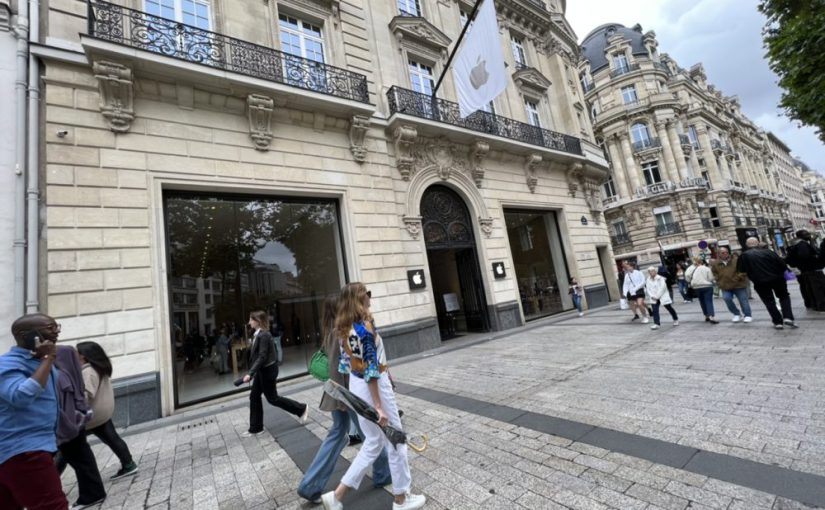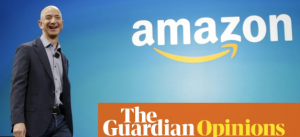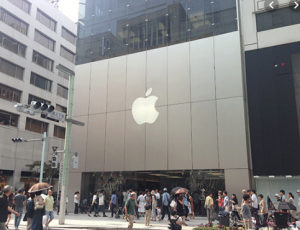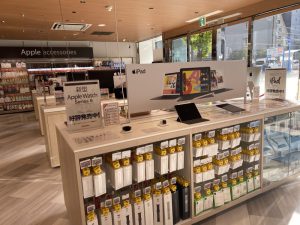Marketing Report 2 (Amazon vs. Apple )
(Japanese Version is HERE )
“The Significance of Distribution Channels.”
<Amazon and Apple Distribution Channels〉
( Japanese Version is HERE )
Of the GAFAs, the two IT giants, Amazon and Apple, led by the charismatic Jeff Vezos and the late Steve Jobs, respectively, are perhaps the most striking examples of contrasting distribution channels.
Amazon may have an open distribution channel policy in the sense that it is open to everyone via the Internet, but it may also be closed in the sense that there is no middleman distributor.
Or perhaps a new conceptualization is needed for this new business model. Needless to say, Amazon is the world’s largest online retailer, and all of its business activities are conducted through e-commerce. (Although they have recently started a new type of unmanned, cashless convenience store called Amazon Go). However, all IT devices, especially smartphones, which have become such a basic infrastructure for modern people that they cannot do without them, are all entrances to Amazon’s store. When a person considers purchasing some product and enters its name or product genre on an online terminal, he or she usually enters Amazon’s store. The products and industries it handles span every field, and surprisingly, its shelves are lined with not only new products, but even used products of the same item. The other day, while searching for a book on branding, I found a number of used products listed in the Amazon store, including one that was labeled “good condition” for 500 yen, out of a total of 2,000 yen for a brand new product. Since books are basically containers of information, and as long as you can get information, this is good enough for me.
I am a member of Amazon Prime (even though I don’t even remember going through the process consciously), and I have already registered my home address and credit card for payment. A few days later, the order was confirmed, and the product was sent to my house.
The entire purchase history is automatically stored in a detailed database for each customer, and e-mails are periodically sent to the customer introducing similar products that the customer might be interested in and willing to purchase, based on his/her purchase history.
In addition, Amazon is not only a seller itself, but also provides a sales channel for other sellers in the form of “Amazon=Marketplace”. This system allows Amazon to increase its commission income while at the same time offering a wide variety of products to its customers.
By creating this online distribution system, Amazon itself has been able to focus its resources on the background that supports the system: its warehouses, which are equipped with distribution facilities that make extensive use of robotic technology to store, sort, and ship its vast inventory of goods quickly. Amazon has been building up its warehouse complex with delivery facilities that thoroughly utilize robotic technology to store and quickly sort and ship its vast inventory. At the same time, it has built an extremely stable web system, and is now expanding into the domain of making even more money by selling services that use this web system itself (AWS).
With this completely non-store operation, Jeff Vezos has risen to become the richest man in the world.
Another IT giant, Apple’s distribution channels would be classified as closed. Despite being a company that has always been at the forefront of the IT world, opening up new markets with its many innovative products, Apple has opened a series of luxury brand stores in the world’s major upscale shopping districts, with luxurious interiors and atmospheres that compete with other luxury brand stores. Apple has opened a series of directly managed stores with luxurious interiors and atmospheres to compete with other luxury brand stores in the world’s major luxury shopping districts. When the company began this real-store initiative, critics were unanimous in their criticism that it was unbecoming of a cutting-edge IT company and that the strategy was bound to fail.
However, the 492 Apple Stores that exclusively carry the company’s products in 19 of the world’s most exclusive shopping destinations have played a major role in branding Apple products and have become a source of huge revenues.
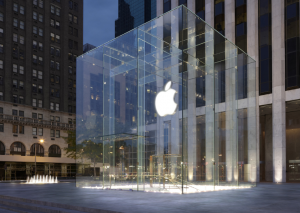 (Apple Store in 5th Avenue,NY)
(Apple Store in 5th Avenue,NY)
Even an electronics store in Kobe, Japan, has its own Apple Store on a separate floor from the other IT equipment, a miniature Apple Store.
While online stores can open instantly, they can also disappear instantly. These real store distribution channels have been developed over a long period of time and with large investments, and it would be impossible for rivals in the same industry to catch up. In this sense, they have become a huge defensive wall against rival firms. In addition to building its own closed distribution channel centered on directly managed stores, Apple also has its own Apple Store on the Internet, selling Apple products at fixed prices. It must be said that this strategy is unique and clever.
(Apple Corner at Joshin Sannomiya Store, separated from other companies on the floor)
<Reference
Scott Galloway. GAFA -The World Changed by the Four Horsemen. Toyo Keizai . 2018. 416p.
